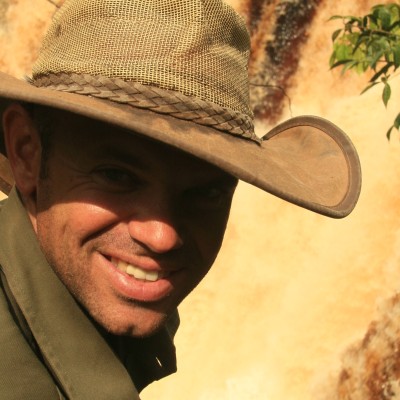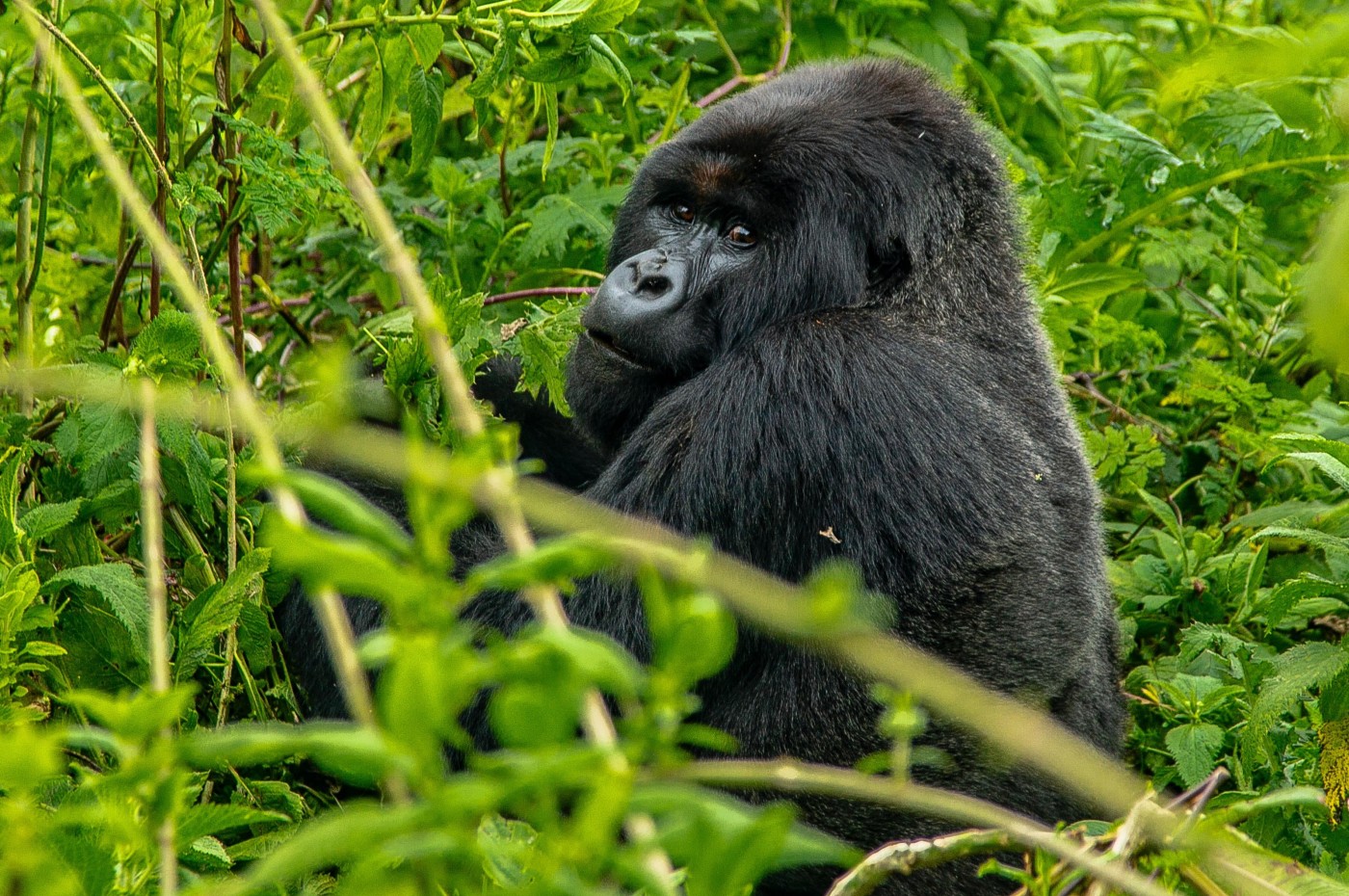
Gorilla Trek: The Monumental Experience of a Lifetime
A gorilla trek offers people the opportunity to unplug from their busy daily lives, and reconnect with nature through interacting with one of the world's most majestic and incredible creatures, gorillas. We have compiled a useful guide of all of the information that you need before you embark on this colossal experience.
I have guided clients on gorilla treks in Rwanda as well as Uganda. This is my guide to how you will get the best experience.
Gorilla trek: why do it
For generations, the link between wild animals and human beings has slowly grown closer in proximity but has also grown apart in intimacy.
Seeing massive and majestic wild animals used to be a rare and incredible occurrence that humans would rave about for months on end and seeing these animals in their natural habitat would be considered the appropriate norm.
Unfortunately, this has since changed and humans can now go visit their local zoo or animal park to see these creatures, the link and novelty have faded and so has our respect for these colossal creatures.
Viewing animals behind closed doors or interacting with them the way one would with domesticated pets has become our new normal and has eroded the deep connection that our ancestors had with wild animals, mutual respect, and bond.
Seeing a lion at the Central Park Zoo in a small enclosure simply does not have the same effect as going deep into the African bush and tracking a pride of lions and witnessing the pride take down a gazelle in their natural habitat.
The experience of observing a wild animal in its own natural habitat, without human disturbances, is a riveting and emotional one that resets the instinctive and primal connection between humans and animals, something you cannot achieve in a man-made setting.
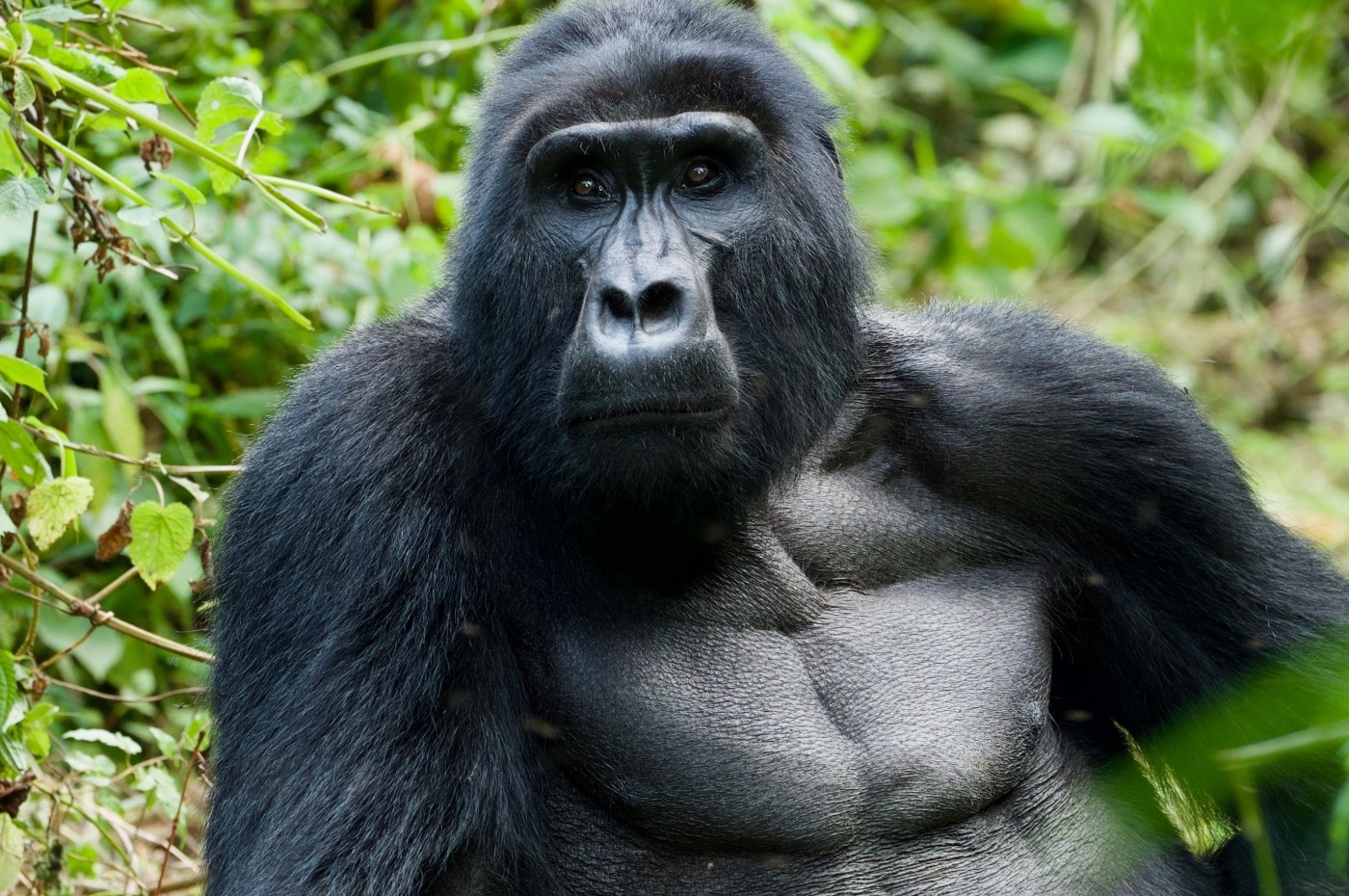
An experience with a gorilla is the same, seeing a gorilla in a small enclosure at a zoo is not an incredible experience at all and is fairly heartbreaking when you consider that their entire lives are spent behind those walls, with no mental stimulation and no company of their group.
In the wild, gorillas have family groups and stick to these families at all times, embarking on every daily activity as a family unit, not as a singular gorilla on display for human satisfaction. Unsurprisingly, a gorilla trek is, therefore, a much more appealing option on all levels.
A gorilla trek will enable you to view these animals in the way that it was always intended to be, in their own natural habitat with no intervention and no human restrictions.
You will watch these animals in the thick forest in their family groups, playing, eating, communicating, scolding their young, courting, and overall just being relaxed and at ease in their habitat. Some of the gorillas that you will find in the wild have a curiosity streak and may come up to you to see what all the fuss is about, a riveting experience that is much more valuable than an interaction at a zoo or anywhere else.
You can rest assured that your gorilla experience will not be harmful in any way to the gorillas or the home country, and instead will actually be beneficial for both the gorillas and the country. Your gorilla trek will help the gorillas by ensuring that there are funds available to protect the mountain gorillas from poachers, habitat encroachment, and disease.
Your gorilla safari will help the local country by stimulating the economy by employing many people such as tour guides, park rangers, travel agents, travel operators, tour operators, and also local community business owners that you may choose to participate. Overall, your gorilla trek will be beneficial for the safety of the mountain gorillas, the financial stability of the local country, and also for your own personal gain through this thrilling experience.
In terms of the value of the experience, it is truly incomparable and there is simply no other wildlife experience that is similar or that offers you that level of connection between man and beast. Going on a wildlife safari in a game park is sure to be an incredible experience regardless, but a gorilla trek offers it all and has a different level of emotion, thrill, and awe than seeing other wild animals.
Whether you’re embarking on a gorilla experience as a solo safari or if you’re doing it as an extension to a broader safari, it will still be one of the most memorable experiences and encounters of your life and is worth every minute of planning that goes into it.
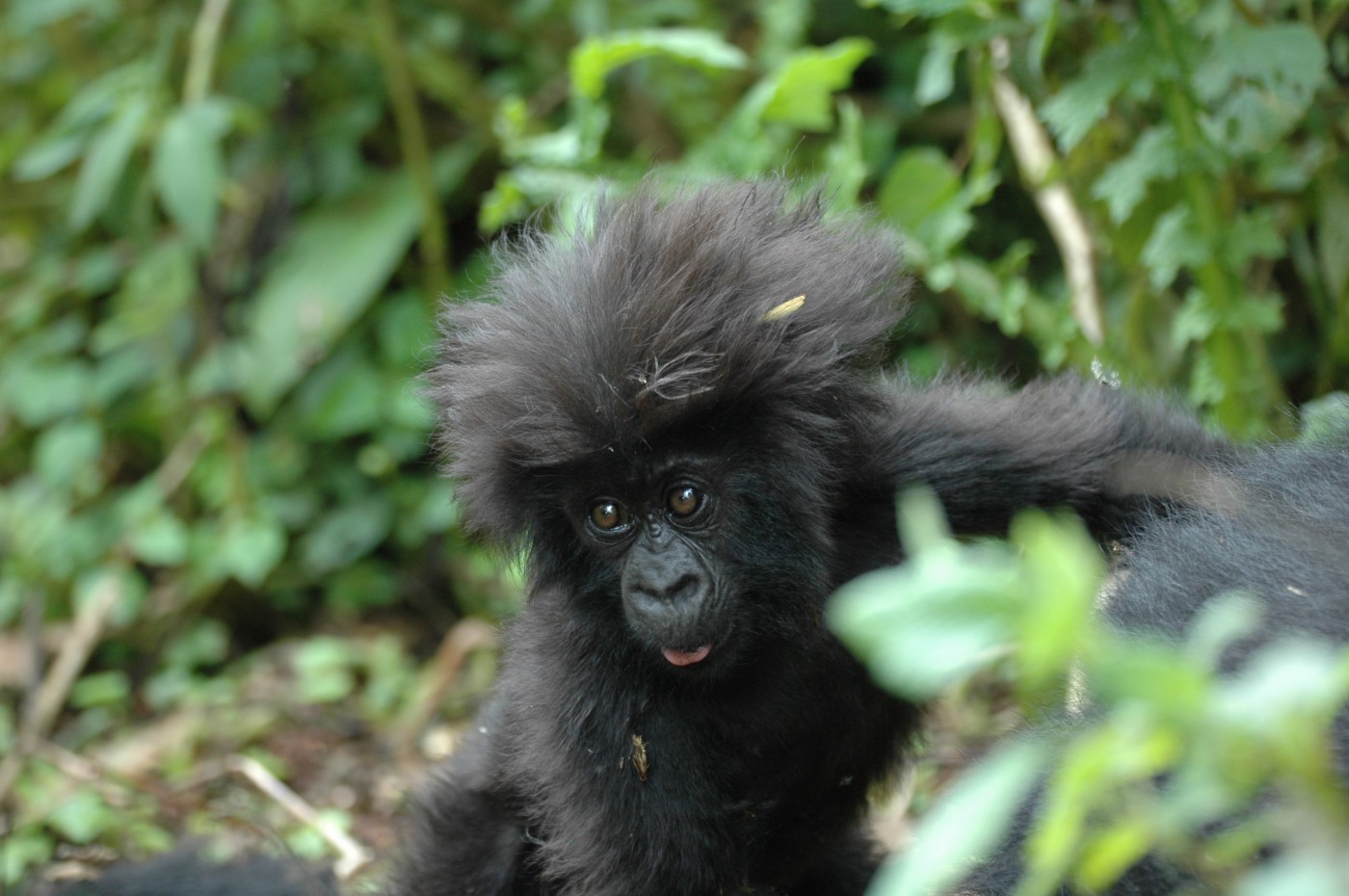
Gorilla trek: types of gorillas
Gorillas are the largest primates in the world, and they are commonly separated into two main species, western gorillas and eastern gorillas. Western gorillas are separated into western lowland gorillas and western Cross River gorillas. Eastern gorillas are separated into lowland gorillas and mountain gorillas.
All gorillas are primarily located in tropical forests across western, central, and eastern Africa and will forage for food during the day and at night they will sleep in nests that they have built on the forest floor or in the trees. The habitats of mountain gorillas and lowland gorillas are fairly similar with the exception of location and overall, the gorillas are very similar with few differences.
Some differences include the coat, which is longer and shaggier on the mountain gorillas, size of the gorillas, with the mountain gorillas usually weighing 450 pounds and lowland gorillas weighing 400 pounds, and also group size with the lowland gorillas having smaller groups of 4-8 members and the mountain gorillas having much larger groups of up to 30 members.
Gorilla trek: where to go
A gorilla trek is usually and primarily done with the aim of seeing mountain gorillas. Lowland gorillas are often more difficult to find and the population is smaller, whereas mountain gorillas are primarily located in large groups in Uganda, Rwanda, and the Democratic Republic of the Congo. Due to political stability, location and accessibility most gorilla treks occur in Uganda and Rwanda.
In Uganda, you will find mountain gorillas in the Bwindi Impenetrable National Park and in the Mgahinga Gorilla National Park. There are roughly 400 mountain gorillas living in Uganda and 17 different gorilla groups, with 15 in Bwindi Impenetrable National Park and 2 in Mgahinga Gorilla National Park. Rwanda has about 150 habituated gorillas and many more unhabituated gorillas which can all be found in the Volcanoes National Park.
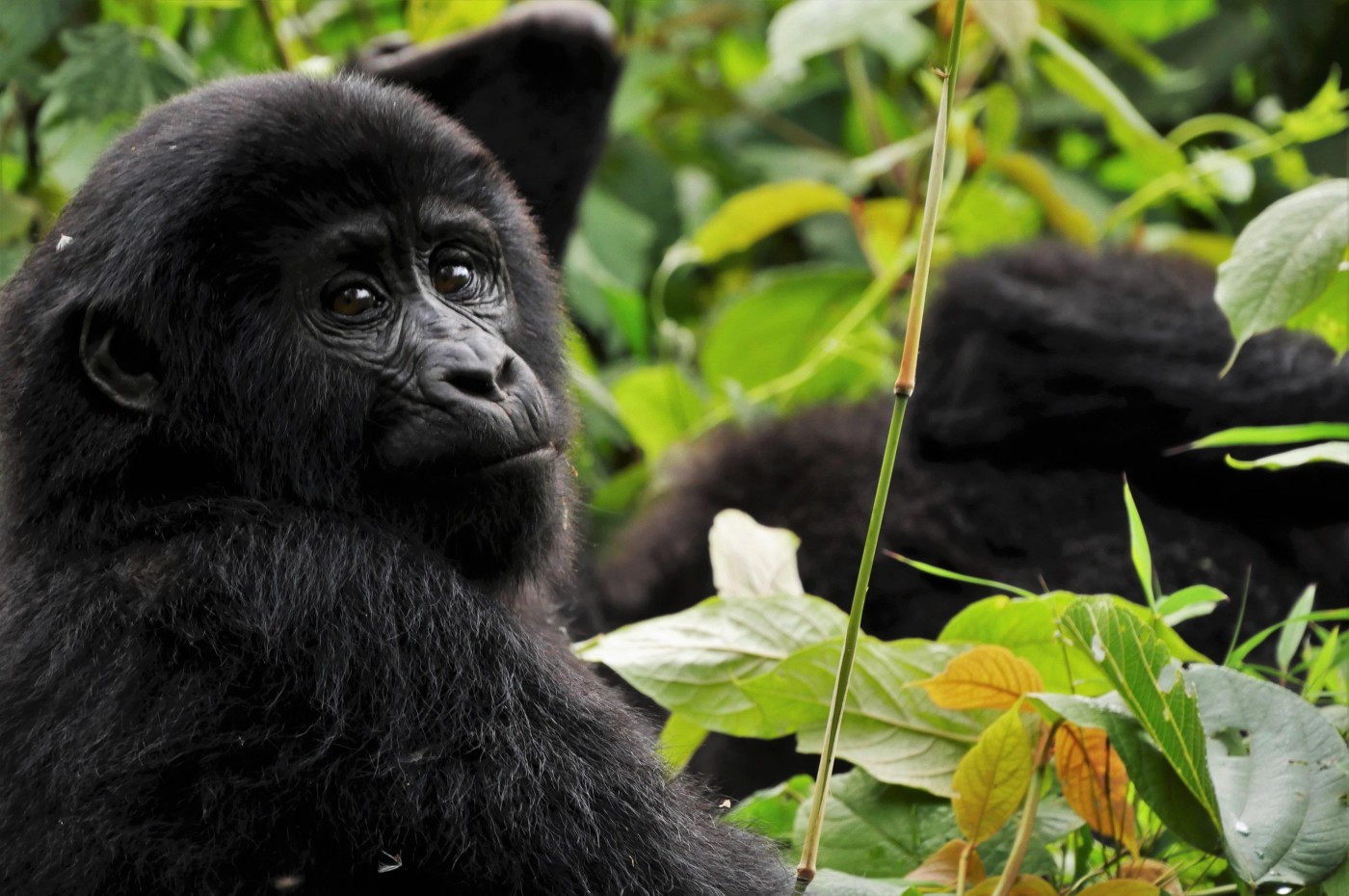
Choosing between Rwanda and Uganda for a gorilla safari depends entirely on your personal preferences. Overall, the trek will be incredibly similar and the only major differences are costs, traveling required, accommodation options, and other activities available nearby. In terms of costs, Uganda is often the more appealing option because a gorilla trek permit will cost $600 USD per person per trek, and in Rwanda, the gorilla trek permits will cost between $750 USD and $1500 USD.
Both countries offer accommodation at budget, mid-way, and luxury levels as long as you book in advance you will be able to book accommodation that perfectly suits both your preferences as well as your budget restrictions. Uganda also offers ‘gorilla habituation’ which is a four-hour experience with the gorillas whereby you get to spend an elongated amount of time with the gorillas, interacting with them. This costs $1500 USD per person which overall is considerable cheaper than Rwanda.
Although there is the option of ‘gorilla habituation’, it is circumstantial, and not just anyone can do it. The alternative is the regular and popular gorilla experience whereby you spend 1-hour with the gorillas, which is offered in both Uganda and Rwanda.
Keeping the interaction limited to 1-hour is in the best interest of the gorillas and protects their sanctity as wild animals. In terms of activities, both countries offer a range of other activities including primate walks, forest walks, bird watching, river rafting, community visits, and more, which you can choose to partake in as an extension to your gorilla safari.
Gorilla trek: the actual trek
Your actual encounter with the gorillas will be limited to one hour but before that, there is a lengthy process of planning involved and also your actual physical hike to the gorillas.
Each gorilla family is closely monitored and tracked by the park rangers and the location of each family is only released immediately prior to your trek, to avoid poachers or hunters finding the location of the families and harming them. On the day of your gorilla experience, your trekking group will be assigned a designated gorilla family to hike to.

Your designated gorilla family depends on the location of the group in relation to the base headquarters as well as the general group fitness level. On the morning of your gorilla experience, you will meet at the briefing center inside the park where you will meet the park rangers and guides. At the briefing center, you will receive a safety briefing on the hike and on your hour spent with the gorillas, as well as general information on what to expect for the day ahead of you.
You will then begin your trek to your designated gorilla family and depending on the location of the family your hike could be a brief hour-long trek or could span over a couple of hours with breaks and rest stops along the way.
You do not need to be incredibly fit for the hike, but you will battle if you are a person who does absolutely no physical activities or exercise. It is recommended that you do not go on the hike if you have any serious heart conditions or health issues that prevent you from walking.
It is also vital that you ensure that you are healthy before the trek, if you have a cold, flu, or virus that is contagious you will not be allowed to partake in the gorilla trek as gorillas are susceptible to human illnesses and will get sick and spread that to fellow gorillas which could be detrimental for the overall gorilla population.
You will be hiking through a forest that could be dense and slippery at times, so it is important that you are wearing sturdy hiking boots which have been worn beforehand. It is not vital but if you are feeling a bit uneasy then bring along a lightweight hiking stick.
Throughout your hike, you will encounter many small insects such as gnats and mosquitos, so it is recommended that you wear and bring along insect repellent, preferably not the aerosol but rather the balm. You will be trekking through a damp forest so wear a raincoat as well as a hat to protect you from rainfall, bushes, and insects. You may be exposed to the sun in many instances so be sure to lather yourself in sunscreen to avoid getting sunburnt.
The walk will be easy enough for you to carry along a small backpack where you can store essential items. In the backpack, you could keep some bottled water and snacks to keep you fueled during the hike, as well as your camera and maybe a pair of sunglasses.
Do you want to get up and close to the majestic gorilla? Get in touch and we will tailormake your dream trip.
